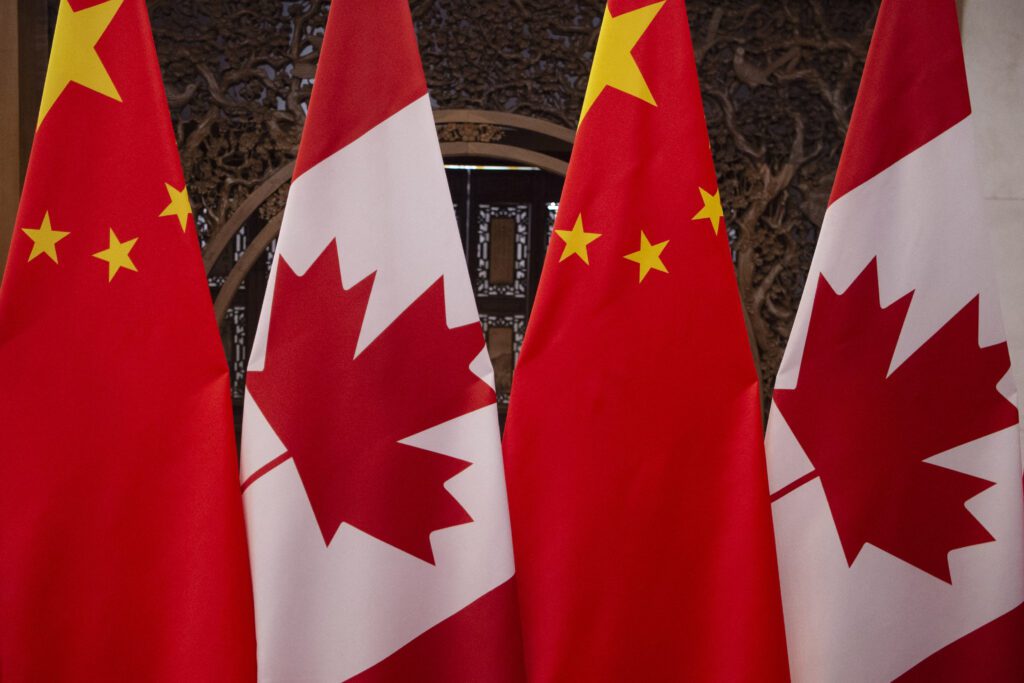Editor’s note: This article is a response to a piece by Bob Plamondon titled “There was no conspiracy behind the cancellation of the Arrow”, published in the National Post on April 6th. You can read that article by clicking here.
In Plamondon’s article, a number of ideas are expressed which require closer scrutiny. For example, it is stated that the government of Louis St. Laurent and C.D. Howe would have cancelled the Arrow. While Howe wanted the Arrow cancelled, blustering about high costs, in a letter to Mike Pearson dated January 22 1959, Howe states:
“You will recall that when the matter was last discussed by our Defence Committee in 1957, it was decided to continue the project for the time being, and have a complete review of the matter in September 1957…I think you have been right in being non-committal as to the decision to continue or terminate…
While Howe states his recommendation would have been to terminate due to his perception of high costs, the fact remains that a review was pending, a review which did not occur as the Liberals went on to lose the election to the Conservatives. Cancellation by the Liberals was, from this letter, not a done deal.
On the matter of cost, I have noted in my previous article and books, that the extensive documented record does not support the idea that the Arrow was cancelled because it was too costly. For example, Minister of Finance Donald Fleming is on record as noting that he had supported the Arrow in 1957, but now in 1958 it was the military that no longer wanted it – as the focus was on defence against intercontinental ballistic missiles in the face of a diminishing bomber threat.
Shortly after the cancellation, records show the US requesting that Canada now purchase aircraft. The idea that the bomber threat had diminished was incorrect. Prime Minister John Diefenbaker is noted as having said that:
…a committee of the Ministers who were members of the Cabinet Defence Committee…should meet to consider the proposal [for aircraft] and make recommendations. If the committee reported that security demanded the acquisition of these aircraft, then that would have to be the decision. To purchase them, however, would cause great difficulties. It would place him and the Minister of National Defence in impossible positions…He [Diefenbaker} thought the public had been convinced of the wisdom of the government’s decision to cancel the Arrow. To obtain other aircraft now in the face of statements that the threat of the manned bomber was diminishing and the day of the interceptor would soon be over would be most embarrassing unless a reasonable explanation could be given. Additional Bomarcs in Canada might be an alternative. The Committee should first examine carefully what had been said publicly by himself and other Ministers about cancelling the Arrow and, in the light of that, consider what was possible. In any event, the safety of the nation should be the paramount consideration no matter what the consequences. He had been against cancelling the Arrow but had been persuaded otherwise…During the brief discussion it was said that, even though a logical, reasoned case might be made for obtaining the F101Bs, such a decision could not be explained to the public…
This particular document from 1960 is most telling. If the Arrow costs were astronomical as Howe had said almost from the inception of the project, this could easily have been the explanation given to Canadians. But, it was not the case. The comment that Diefenbaker had to be persuaded since he was against cancelling, is further indication that cost was not a factor in the decision to cancel. The reason, as is stated, was in the belief that the bomber threat had diminished. The last statement that the decision to purchase the American F101Bs could not now be explained to the public is in itself both telling and disturbing as it shows a government with egg on their face. I submit that this entire discussion does not read as though the people who took it, still believed it was the correct one, especially since it caused the demise of an industry and impacted the jobs of some 25,000 people.
On US pressure, George Pearkes, in interviews, advises that there was pressure to sign the NORAD agreement and that he was advised by the Secretary of Defense Donald Quarles, that Canada did not need the Arrow in light of American aircraft availability. Pearkes states that he reasoned he could allow the US to train out of Canadian bases and that they would handle Canadian defence in the interim period between cancellation of the Arrow and installation of the Bomarcs. This interview is available online from the University of Victoria.
Separate from this, the August 4th and 5th 1958 minutes of the meeting between Canadian and American officials in Washington clearly notes the Secretary of Defense Neil McElroy as stating that the US would prefer that Canada focus on building components, to which Canadian Ambassador Norman Robertson replies that Canada cannot and will not cancel the Arrow. But, McElroy doubles down on his request and says that in return the US could solve the problem of tariffs and taxes in regards to the negotiations for the defence production sharing arrangements.
Did the words of McElroy and Quarles have an impact on the termination? Declassified American records do include the defence sharing discussions as being part of the reason behind the cancellation, in addition to the belief in the diminishing bomber threat and switch to the ICBM threat. Was Diefenbaker aware that the US had made these overtures to Pearkes and to the Canadian delegation which included Pearkes and Ambassador Robertson? Likely not.

Part of the tragedy in the Arrow saga is that the now declassified records were not available when the principle players were still alive and available to be questioned. Even Prime Minister Diefenbaker might have been surprised for example, to learn that the order to destroy the prototypes actually came from a recommendation by the Chief of the Air Staff, to Pearkes, who withheld the information from the public and his boss. On a final note, at the time of cancellation, there was little left in the Arrow development as the bulk had been completed. The development costs are detailed in an audit summary prepared shortly after the cancellation. It shows the fixed cost per aircraft for 83 more, on top of the 37 then under contract before termination, at $3.5 million per copy, up from the $2 million in 1953 when the project was begun.
All content on this website is copyrighted, and cannot be republished or reproduced without permission.
Share this article!





CD Howe was born and raised to jobhood age in the U.S., everything he did in Canada deliberately benefitted the U.S.
Thank you Palmiro for your educated input, which to me reads a lot more accurate than the NP story, which I read last week.
The whole thing seems absurd, hence the controversial nature of the topic. If the aircraft was done, or largely so, then spending the money to buy equipment is the same either way, with the added advantage of potentially selling aircraft to other countries. Buying Bomarcs was ultimately to be less advantageous to Canada as they are fixed assets, airplanes are far more flexible in their use.